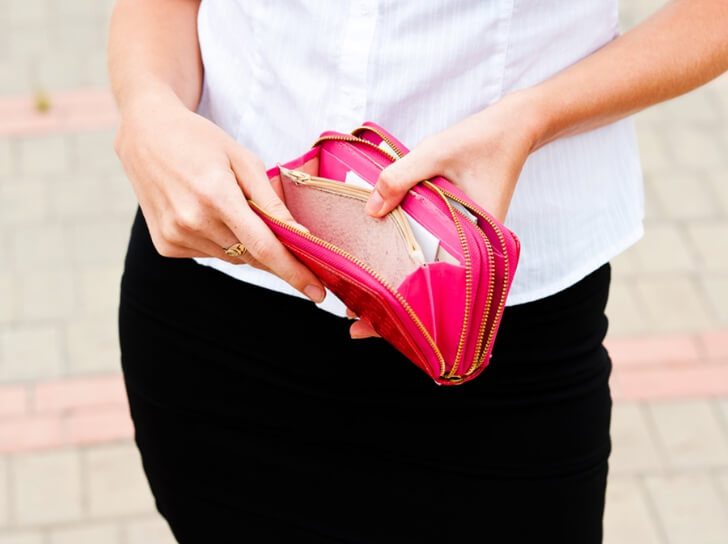Here’s a (not so) fun fact: the average woman has 400-500 periods in her lifetime.1 When you consider that the average length of menstrual flow is 2-7 days, let’s just say that’s a lot of time spent bleeding. For women who suffer from heavy periods (also known as abnormal uterine bleeding, or AUB), that time is even longer.2 And those heavy periods come with a heavy cost.
“Heavy period” defined
- Have a menstrual flow that soaks through one or more pads or tampons every hour for several hours in a row
- Double up on pads to control your menstrual flow and change pads or tampons during the night
- Bleed for more than 7 days and have blood clots the size of a quarter or larger
- Feel your period keeps you from doing the things you would normally do
- Experience pain in the lower part of the stomach during your periods
- Are tired, lack energy, or are short of breath
The high price women with heavy periods pay
Based on those bullet points alone, you can see that heavy periods come with a physical and emotional burden. But here’s something people don’t talk about much—the financial burden of having a heavy period.
Almost all women need sanitary items during their period, but women with heavy periods may require two, three, (four?) times as much considering how quickly they go through these items. We’re talking things like tampons, pads, panty liners, period underwear, and menstrual cups. Um, and if you haven’t noticed (but of course you have), these items are not cheap!
Oh, but wait. There’s more. Factor in the cost of ruined underwear, laundry due to stains and leaks, painkillers, heating pads, hot water bottles…it adds up. Plus, women with heavy periods often miss days at work, and repeated absences may even threaten these women’s ability to maintain certain types of employment.
For many low-income women and girls, the cost of heavy periods may be unmanageable. “Period poverty” refers to inadequate access to menstrual hygiene due to lack of access and lack of income.3 A 2019 survey of low-income women living in a large U.S. city found that almost two-thirds of the women couldn’t afford menstrual hygiene products like tampons or pads during the previous year.4 And that was before the pandemic hit and inflation skyrocketed.
It’s clear that heavy periods come with a very high price.
Treating heavy periods
A lot of women (including you?) believe that heavy periods are something they just have to deal with. However, they may not know that treatments are available. If you haven’t already done so, have an open and honest conversation with your doctor about how your heavy periods make you feel and impact your life. Then ask your doctor what treatment options could be right for you. After all, why pay the cost of heavy periods if you don’t have to?
REFERENCES: 1. Cleveland Clinic. Women: why you shouldn’t ignore a heavy period. https://health.clevelandclinic.org/women-why-you-shouldnt-ignore-a-heavy-period/. Accessed April 14, 2023. 2. Centers for Disease Control and Prevention. Heavy menstrual bleeding. https://www.cdc.gov/ncbddd/blooddisorders/women/menorrhagia.html#:~:text=If%20you%20need%20to%20change,It%20also%20can%20cause%20anemia. Accessed April 24, 2023. 3. American Medical Women’s Association. Period poverty. https://www.amwa-doc.org/period-poverty/. Accessed April 24, 2023. 4. Sebert Kuhlmann A, Peters Bergquist E, Danjoint D, Wall LL. Unmet menstrual hygiene needs among low-income women. Obstet Gynecol. 2019 Feb;133(2):238-244. doi: 10.1097/AOG.0000000000003060. PMID: 30633137.

